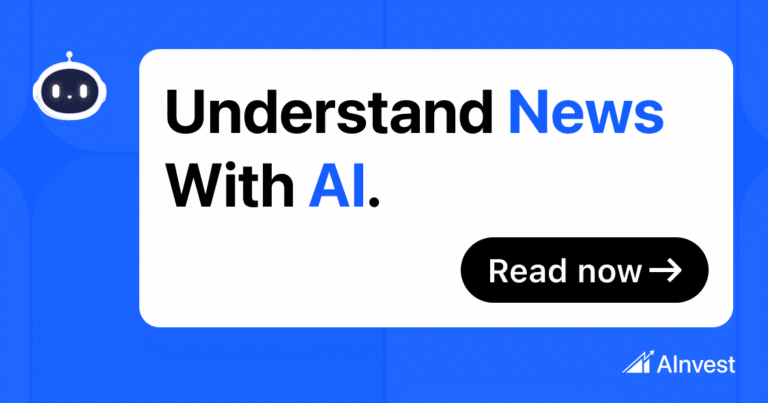The Economic Shift: Embracing the Aging Population with AI and Financial Literacy

The global demographic trend towards aging is not a distant concern—it has become an immediate reality. By 2025, the number of individuals aged 65 and older is projected to surpass 700 million in the United States alone, with similar patterns emerging in Japan, Germany, and China. While this transformation has often been framed as a financial burden, there’s a more optimistic narrative: aging populations can be a powerful catalyst for innovation and economic opportunity. The so-called “money dividend”—the economic potential unleashed by older, wealthier, and increasingly empowered demographics—is driven primarily by two forces: artificial intelligence (AI) and enhanced financial literacy.
The AI Revolution in the Longevity Economy
Artificial intelligence is reshaping how aging populations manage their financial futures. Traditional retirement planning, which typically relies on a fixed model that treats age 65 as a hard cutoff, is being replaced by adaptive, data-driven strategies. Innovative platforms like Betterment and Personal Capital now utilize predictive analytics to personalize financial strategies for seniors, factoring in elements such as life expectancy, health trends, and cognitive decline. These advances afford tailored advice that minimizes the risk of outliving one’s savings.
AI’s role goes beyond investment management; it even includes fraud detection. For instance, Bank of America’s Erica app employs machine learning to identify suspicious transactions in real time, a crucial tool for an elderly demographic often targeted by scams. Additionally, health-tech startups like Hippocrates AI are merging biometric data with financial planning. By adjusting investment strategies based on early signs of conditions like Alzheimer’s disease, they are creating a holistic approach to both health and wealth management—an essential innovation in today’s landscape.
Addressing the Financial Literacy Gap
Despite the economic potential of the money dividend, a significant challenge looms: financial literacy among older adults is alarmingly low and continues to decline. By 2025, projections indicate that only 31% of Americans aged 50 to 75 will pass a basic retirement literacy test, with those in the lowest income brackets scoring as low as 25%. This gap represents not merely a personal oversight but a systemic vulnerability, exposing aging populations to poor financial decisions and predatory practices.
Fortunately, AI-driven educational platforms are stepping in to fill this gap. Companies like Oscar Health and UnitedHealth Group utilize behavioral nudges and scenario-based simulations to educate seniors about retirement funds, inflation, and inheritance planning. Such initiatives have shown effectiveness in regions like Southeast Asia, where governments are implementing AI-fueled campaigns aimed at enhancing financial literacy among retirees. For example, Singapore’s “Silver Academy,” which pairs AI with human mentoring, has increased retirement account participation by 18% among its users.
The Economic Impact of Enhanced Financial Literacy
The ramifications of improving financial literacy among older adults could be profound. According to Goldman Sachs, enhancing financial literacy by just 10% could unlock an estimated $1.2 trillion in dormant savings. This isn’t merely an individual benefit; it’s a pathway toward a more resilient and robust economy. When older adults are financially savvy, they tend to spend more confidently, invest in growth-oriented assets, and rely less on social safety nets, which in turn stimulates overall economic growth.
Investment Opportunities in the Longevity Economy
The intersection of AI and financial literacy gives rise to a burgeoning $100 billion economy around longevity. Investors who recognize this transition can focus on three primary areas:
- AI-Driven Fintech: Companies like Wealthfront and Oscar Health are redefining personalized financial planning and wealth management, not just for retirees, but for anyone seeking to optimize their health and finances.
- Longevity Insurance: The annuity market is booming, driven by indexed annuities and longevity bonds. Regulatory changes have already prompted a 22% growth in structured income products, with this trend anticipated to expand globally.
- Financial Literacy Infrastructure: ETFs focused on aging populations and financial literacy, such as AGNG and EDUT, provide exposure to firms that create tools for empowering older adults financially.
Conclusion: Embracing a New Era of Aging
The aging population is not a burden; it represents a bridge to a more inclusive and dynamic economy. By harnessing AI to enhance financial planning and education, businesses can transform the challenges associated with longevity into significant growth opportunities. For investors, the money dividend is not an abstract concept but a tangible reality waiting to be realized. As boundaries between health, wealth, and technology continue to blur, one fundamental truth becomes evident: the future of finance is not solely about managing money; it’s fundamentally about managing life.

